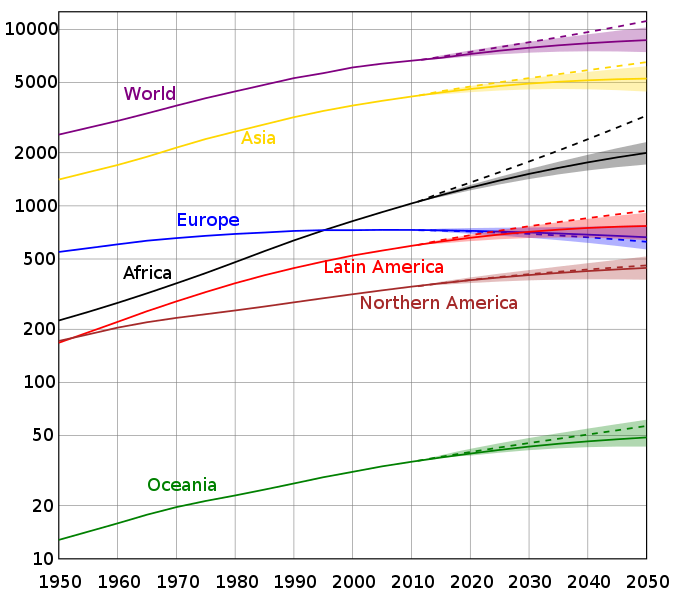[EDIT] I just realized that this is potentially very old news. Apologies.
I am unsure if any of you have heard of this, but Viola. Gliese is the name.
For the first time ever, scientists have found an Earth-like planet which, they believe, is habitable for life. Announced Wednesday by scientists, the planet is called Gliese 581G and is relatively close to the Earth—just 20 light years away from our solar system. Its size and distance from the sun is comparable to Earth’s, which has led scientists to believe that the conditions on the planet would mean there is water in liquid form and has a gravitational pull to hold an atmosphere around it. The Gliese 581 system also exhibits similar characteristics to our solar system. “This is our first Goldilocks planet—just the right size and the right distance from its sun,” said Paul Butler, an astronomer at the Carnegie Institution of Washington to the Washington Post.
Source
Edited by Vons, 13 October 2010 - 07:04 AM.
















































